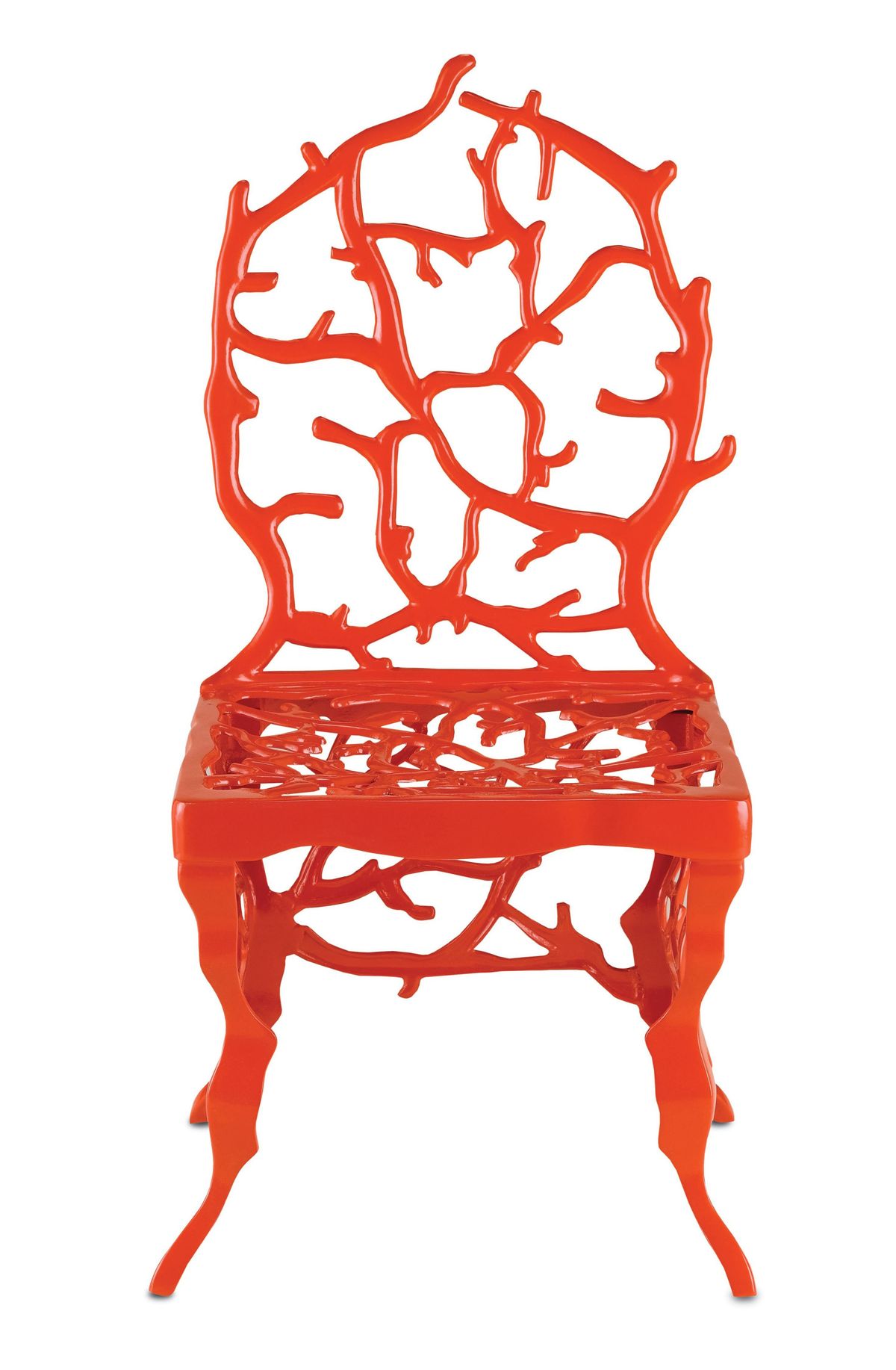Exploring coral
Deep-sea inspiration brings organic shapes, range of hues into decor
Blue hues for coral have been popular this year, as in these prints from Williams-Sonoma Home.
Under-the-sea themes are a constant of coastal design. But one marine motif especially transcends styles, as a rich boost to almost any kind of decor: coral.
We love its connection to the sea as well as its organic feel – all branchy, tangled tentacles, tubes and plumes extending. Brain coral with intricate mazelike patterns. Soft coral sea fans, some with a lovely transparency and leaflike veining. And, of course, its namesake hue, which is a brilliant accent in neutral interiors.
But in nature, in addition to 1,400 species of coral on the Great Barrier Reef alone, there’s a rainbow of colors, from vivid blues to purples, yellows and greens, as well as the considerable gamut of red to orange. And some designers have been branching out to show less traditional types and colors, blue being especially robust this year.
Coral is sculptural, a quality that lends itself especially well to tabletop accessories and furniture. For a number of years, tabletop designer Michael Aram has turned out pieces with coral branch accents in silver plate or lobster-red resin, including serving forks and spoons and pedestals for bowls.
The graphic form of coral can be expressed in intricate, all-over patterns, as well as large, splashy strokes that unfold on dinnerware, fabric and wall coverings. An almost calligraphic, blown-up red-on-white coral motif at the Global Views home decor website translates equally effectively to ceramic chargers as it does to dramatic tufted area rugs.
Many of the signature decoupaged, handblown glass plates with coral images from New York artist John Derian are based on 18th-century prints, with a naturalistic style that echoes those of botanical illustrations of the same vintage.
Watercolors and original paintings may lend themselves to more modern looks, especially when scale is beefed up. A set of prints based on original artwork from Williams-Sonoma Home are striking not only because of the bold indigo hues but also the larger format, which focuses on the stylized silhouette of natural coral branches.
For tabletop designer Kim Seybert, embellishment is a signature, and she often has turned to sea life, especially coral.
“There is something so sensual and feminine about how these sea creatures change colors and shapes under the water, and this translates well into the textural and beaded quality of my collections,” she said.
Coral is, of course, an exquisite living organism and an endangered species. Harvesting as well as global warming and pollution are threatening the balance of its delicate ecosystem, which supports substantial marine life. Tiffany & Co. stopped selling real coral jewelry in 2002, and its “too precious to wear” campaign has extended to fashion and home decor, challenging designers to go faux.
Ceramic, porcelain, glass, resin, wood and metal provide a formidable arsenal for designers looking to copy natural coral, from silky smooth finishes to rough and pock-marked. Resin as a medium is especially convincing.
Designer Marjorie Skouras, who likes to shake up her breezy, beachy looks with Hollywood glam, has turned to durable powder-coated aluminum to sub for coral in a chandelier design that drips with garlands of “coral” in lieu of crystals strung across a red frame. A collection for Currey & Co. also includes a console and chair, dazzling coral red, in forms that celebrate coral’s branching habits. The versatile material means the pieces can be used outdoors as well as inside. Especially nice when the ocean is hundreds of miles away.

